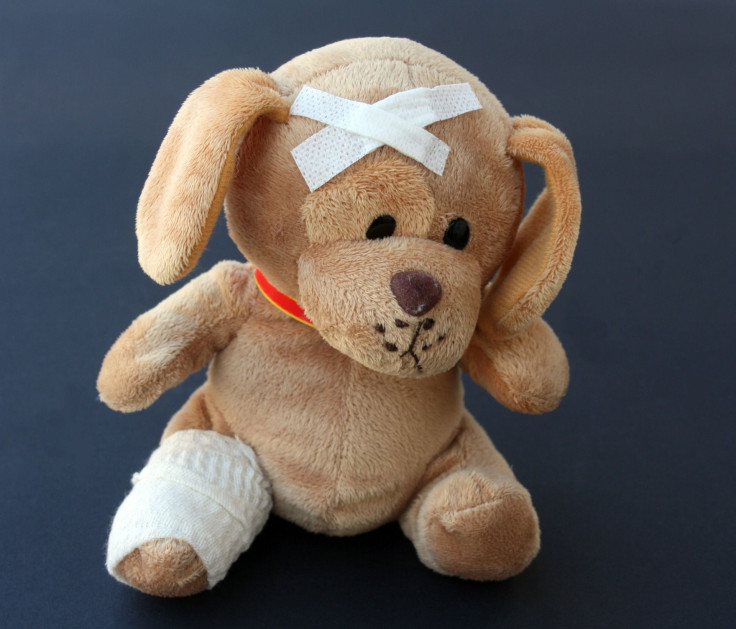Childhood Cancer Symptoms: After Michael Buble Son's Diagnosis, Signs And Survival Rates To Know For Pediatric Cancer

Singer Michael Buble announced on his Facebook page that his eldest son has been diagnosed with cancer and is undergoing treatment, bringing new public attention to and awareness of childhood cancer.
Buble and wife Luisana Lopilato said they are “devastated” about Noah’s diagnosis, although they did not specify which type of cancer he is battling. “We have a long journey in front of us and hope that with the support of family, friends and fans around the world, we will win this battle, God willing.”
In addition to 3-year-old Noah, the couple also has a 9-month-old son, Elias, the BBC says.
Cancer in children is frequently different from the kind that would form in an adult. The American Cancer Society says they do not usually stem from lifestyle or environmental factors, rather they are “often the result of DNA changes in cells that take place very early in life, sometimes even before birth.”
Leukemia, a cancer of the blood that begins in bone marrow, is the most common form of childhood cancer, accounting for about a third of cases, according to the American Cancer Society. It often causes low levels of red blood cells, white blood cells and platelets, all of which create visible symptoms. In the case of low red blood cells, kids could feel fatigued, weak, cold and dizzy, and may get short of breath and have headaches. Low white blood cell counts open children up to infection, and not having enough platelets leads to easy bruising, nosebleeds and bleeding gums.
There are other symptoms of leukemia as well, such as bone pain, appetite loss, swelling and seizures. The most common form of leukemia, acute lymphocytic leukemia, has a survival rate of about 85 percent, and the second-most common acute myelogenous leukemia has a rate between 60 and 80 percent, depending on the circumstances of the illness.
Another quarter of childhood cancers are tumors in the brain and spinal cord, making them the second most common in children and teens, the American Cancer Society says. Because they might raise pressure in the skull through tumor growth or brain swelling, these cancers may cause symptoms like headache, nausea, blurred vision, seizures, trouble balancing, drowsiness or behavioral changes.
“In some children, seizures are the first symptom of a brain tumor,” the organization notes. In terms of headaches caused by brain tumors, they get worse over time, “but not all brain tumors cause headaches, and most headaches are not caused by tumors.” Symptoms of these kinds of cancer may also vary depending on the location of a tumor in the brain or spinal cord. For example, a tumor in the brain’s language center could cause speech problems.
American Cancer Society statistics for survival rates with brain and spinal cord cancers change based upon the type of tumor. Pilocytic astrocytoma, a cancer of the cells that make up supportive tissue in the brain, has a survival rate of about 95 percent, but it’s only 20 percent for glioblastoma, a more malignant cancer that affects the same cell type.
The American Childhood Cancer Organization estimates annual cancer deaths of children and adolescents up to 19 years old in the U.S. as almost 2,000, with thousands more diagnoses. But as treatments get better, there are more and more childhood cancer survivors in the country. The ACCO puts that population at 270,000 between the ages of 20 and 39.
One thing that makes discovering childhood cancers complicated is that they can be hard to recognize. The American Cancer Society says the symptoms can often look like common illnesses or even injuries. “Children often get sick or have bumps or bruises that might mask the early signs of cancer.” Symptoms like swelling, bruising, pain, fever, headaches and vision changes are more likely caused by something other than the disease, but the best bet is to see a doctor to make sure if any of those symptoms persist.



























